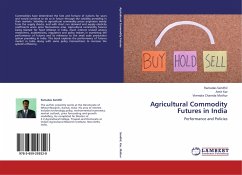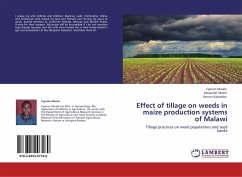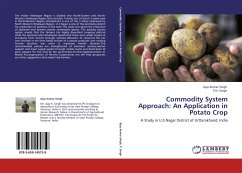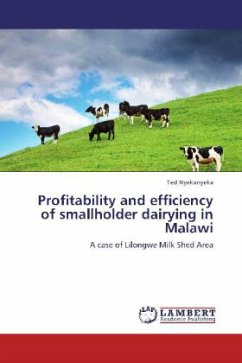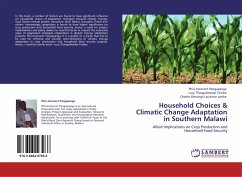The government of Malawi in 2004 initiated an ICT-based Malawi Agricultural Commodity Exchange, a market information service project, to improve access by farmers to market information. MACE was intended to improve the efficiency of agricultural markets as part of the strategy to improve food security. This study uses quantitative methods to examine whether MACE has contributed to efficiency of rice markets in Malawi. It especially tests if MACE has contributed to spatial integration of rice markets. As hypothesized, the study finds that the tendency of rice prices to move together in spatially separated markets has significantly increased since the implementation of MACE. It concludes that ICT-based market information services project enhances linkages between markets and can therefore improve the efficiency with which agricultural markets perform. The study discusses implications of this finding for policy.


